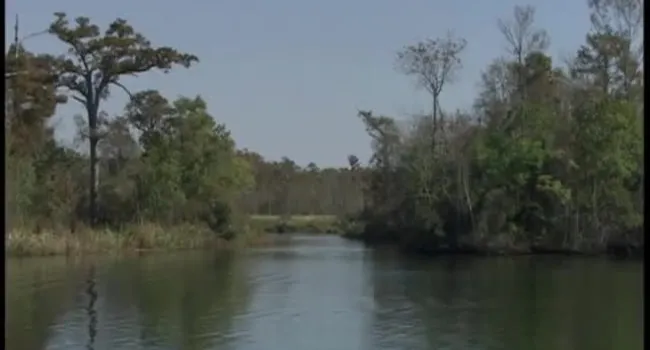
Video
Rudy and Jim visit Old Santee Canal Park, a historic lowcountry area near Monck’s Corner, South Carolina. The area features a wide array of habitats, containing both native and non-native plants. Some...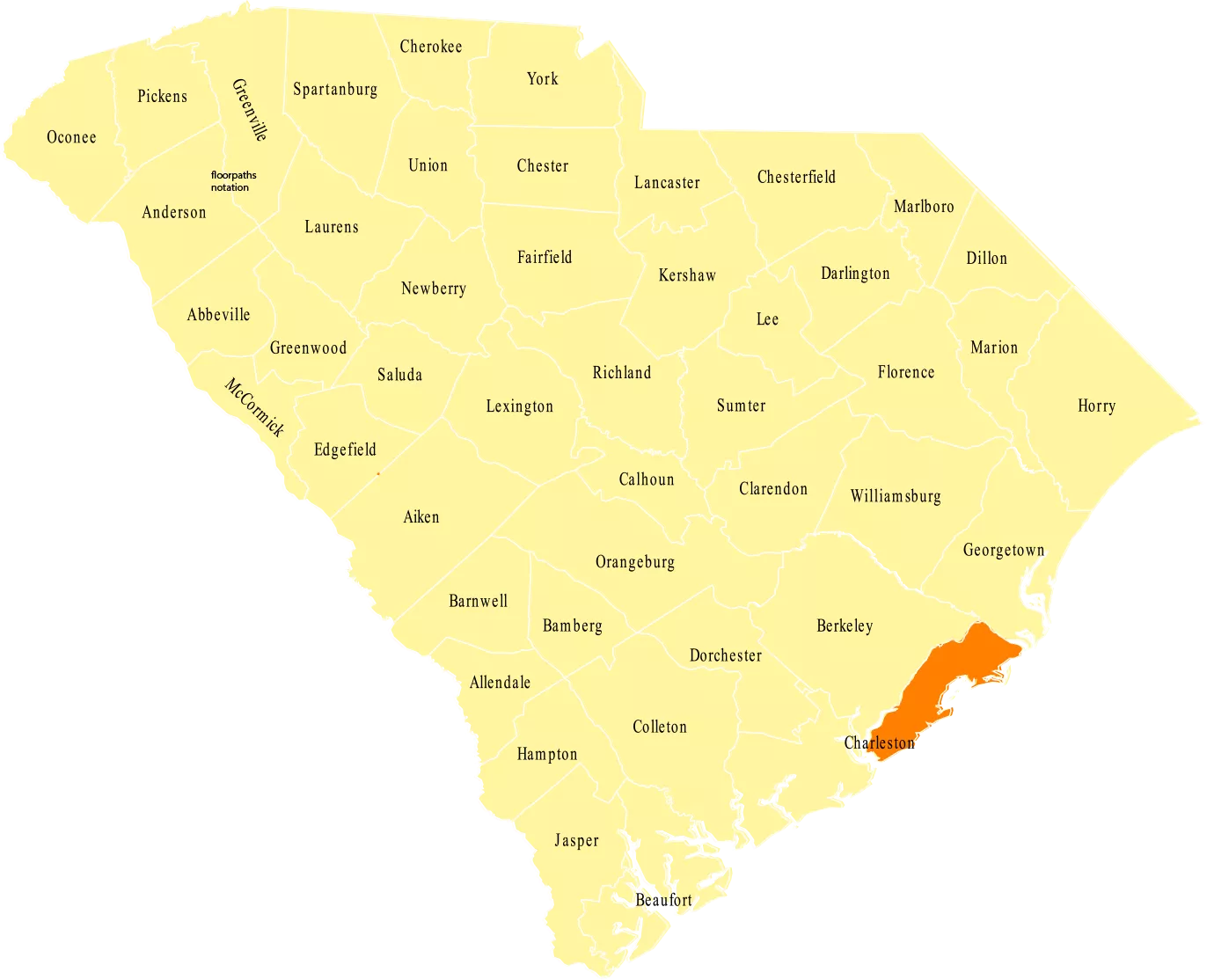
“Charleston County and the city of Charleston, its county seat, are the most historic locations in the state.” Situated in the Lowcountry, the county serves as a popular vacation destination but also relies on the business that results from its port. The area in general serves as a large cultural and economic hub for the state.
Charleston County was founded as Charleston District in 1769, and the district became smaller after some of its lands were used to create Colleton and Berkeley counties. The county and its seat were named after King Charles II.
The city and county are saturated with Revolutionary War and Civil War history. Three signers of the United States Constitution and two famous abolitionists resided in Charleston County, and the Civil War began when soldiers fired shots from the county’s Fort Sumter.

Video
Rudy and Jim visit Old Santee Canal Park, a historic lowcountry area near Monck’s Corner, South Carolina. The area features a wide array of habitats, containing both native and non-native plants. Some...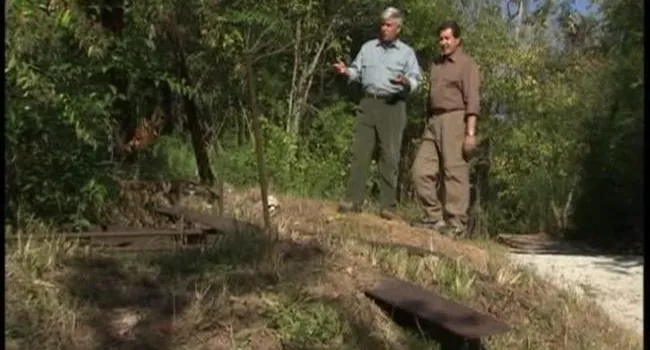
Video
Limestone Trail – Along the trail, Rudy and Jim find an old kiln, left behind by inhabitants from around the 1860’s and 1880’s. Some of the plants that have come to dominate the old quarry area, are...
Video
The Santee Canal – This canal took seven years to build, from 1793-1800, and is around 22 miles long. Duckweed and Pennywort are seen growing along the sides of the canal. Rudy and Jim find a Chain...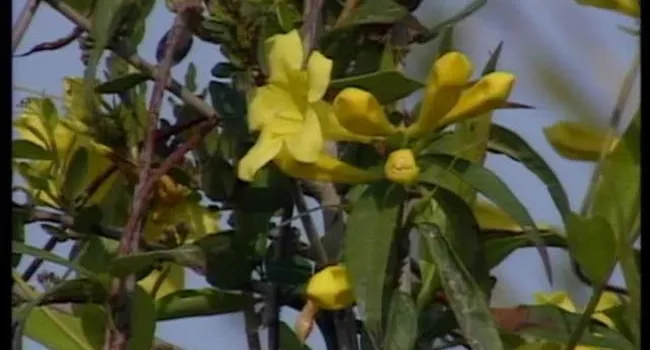
Video
At the same stop, vines and flowering plants can also be seen growing in this area. We see Yellow Jessamine, and Toadflax.
Video
Sandy soils – At this stop, we see Southern Magnolia trees, which help keep the sandy ground stable. With this one magnolia tree, Rudy and Jim find holes left behind by beetles, and woodpeckers which...
Video
Bulls Island was one of the most heavily damaged areas in South Carolina by Hurricane Hugo. Rudy and Jim visit Bulls Island to observe how nature is healing itself after the deadly hurricane. Here at...
Video
“Ghost Beach” - Rudy and Jim further assess the damage to the island by Hurricane Hugo. The pines and live oaks at the shore line are gone, but the Palmetto trees survived. The water is slowly eroding...
Video
Rudy and Jim catch a full sized adult alligator sneaking around the area, and also find a Four-Lined Rat snake, also known as a Live-Oak snake.
Video
At the same stop, Rudy and Jim find more plants typical of barrier islands: Devil’s Walking Stick, Prickly Ash, and Buckthorn. In a shady area close by, Rudy and Jim find a resting Eastern Cottonmouth...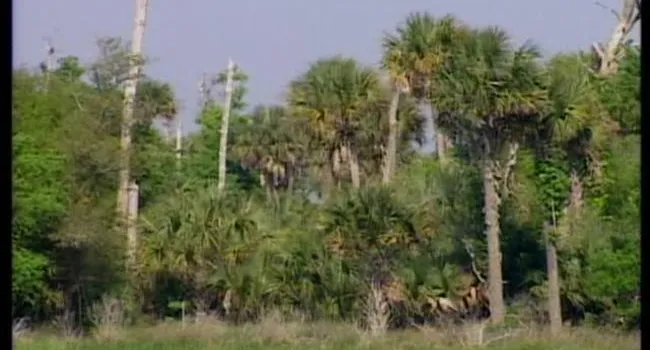
Video
On the other side of the impoundment we see the effects of Hurricane Hugo. The area once dominated by canopy trees like tall pines, are no longer there.